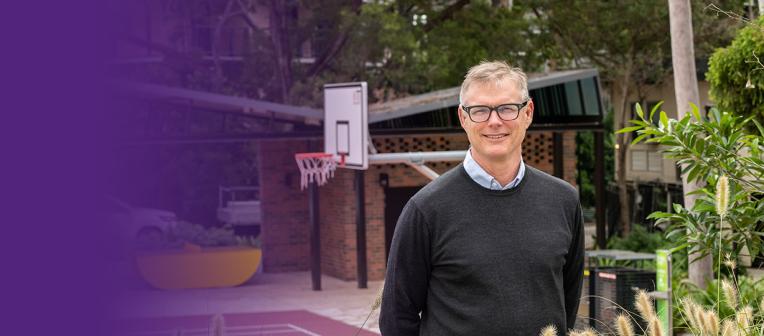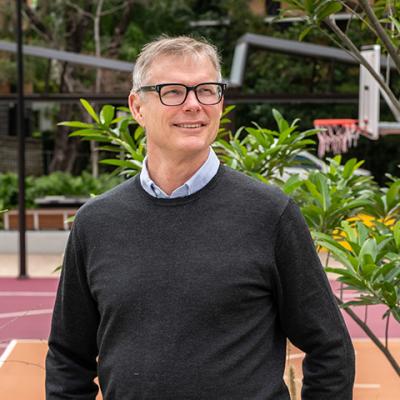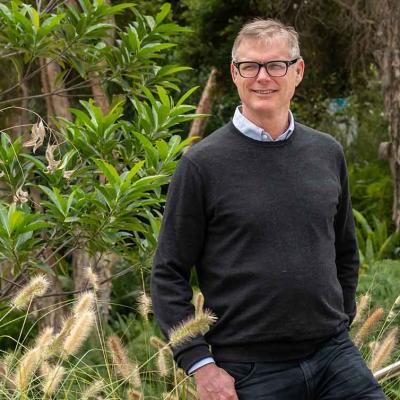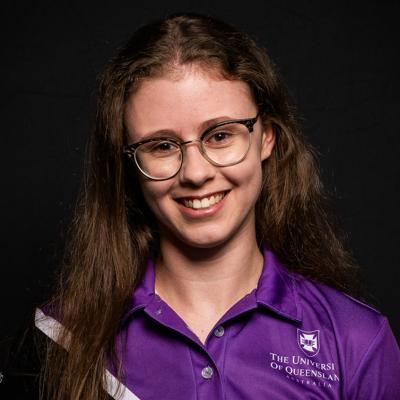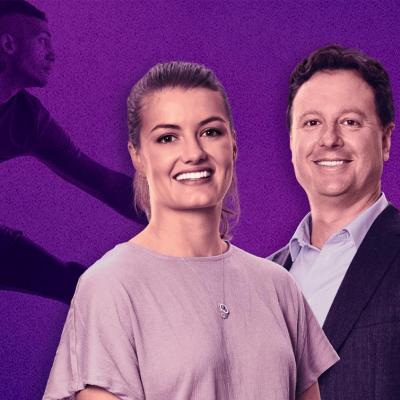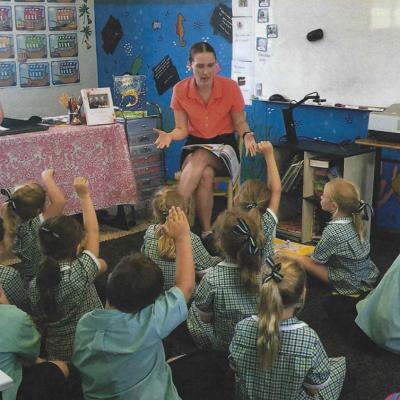Sport and physical activity are essential for the wellbeing of both individuals and communities. Indeed, it’s a fundamental human right, as declared by UNESCO in 1978.
Yet, historically – even today, in some cases – accessing sport and physical activity has been more difficult for those with a disability. The consequences of this are frightening. For example, people with disabilities are statistically among the most inactive in society, which means they face a disproportionate risk of preventable diseases such as type II diabetes and cardiovascular disease.
We’ve taken important steps forward in recent decades, sure. But there’s still work to be done to ensure every court, field, gym and stadium is a welcoming space for anyone, and to make a healthy, active lifestyle an achievable goal for everyone.
Luckily, there are some pretty brilliant people working hard to keep the progress going.
One of those people is Associate Professor Sean Tweedy from UQ’s School of Human Movement and Nutrition Sciences. Sean graduated with his own Bachelor of Human Movement Studies in 1984 and has been dedicated to the disability and physical activity space ever since.
Sean’s work in this field includes:
- teaching human movement students and supervising PhD candidates here at UQ (explore Sean’s teaching career)
- research into physical activity promotion and interventions for people with disabilities, as well as classification in Paralympic Sport (explore his research)
- directing the Adapted Physical Activity Program (APAP), which delivers physical activity information and support to people with disabilities in their home/community (learn more about APAP).
We asked Sean for some insights into what’s going well in this space and what still needs improvement.
Obstacles to sport and physical activity for people with disabilities
Sean categorises the barriers that people with disabilities face into three broad areas:
- knowledge and skills
- attitudes and awareness
- built environment and equipment.
The good news is that we’ve already made significant strides in 2 of the 3 categories, namely attitudes and awareness and built environment and equipment.
“It’s fair to say that society has advanced tremendously in the second and third areas over the 35 years that I have been working in the field,” says Sean.
“Attitudes to inclusion are as positive as they have ever been, and there is a real emphasis on developing equipment and facilities that are universally accessible.”
Unfortunately, the first category isn’t progressing as quickly as the others – yet.
“There is still a real shortage of knowledge and skills, particularly when it comes to working with people who have severe impairments and high support needs,” says Sean.
“I am particularly interested in contributing to the skilled workforce development required to address this important area of need.”
Fixing the skills shortage, one class at a time
So, how do we give physical activity professionals the skills and knowledge to support people with disabilities?
It doesn’t happen overnight, but it is happening already.
With experienced educators like Sean teaching courses dedicated to this area, we’re definitely on the right track.
Sean’s ongoing mission is to ensure his students are prepared to work with clients who have disabilities, even if that’s not the core focus of their careers. And with decades of experience working in this exact space, he’s certainly the right man for the job.
“I’ve never done anything other than working with people with disabilities – I’ve done it since I was 19 years old,” says Sean.
“I classified internationally for 25 years for the Paralympic movement; I classified at 4 Paralympic Games, at Sydney, Athens, Beijing and London.”
What does it mean to “classify” in the Paralympic Games?
When Sean talks about classifying, he’s referring to the process of grouping athletes in para-athletic events together. Classification ensures everyone is competing against others who have a similar level of physical ability, keeping each event as fair as possible.
This practical experience means Sean brings an unrivalled knowledge – as well as a genuine passion – to his classes, which is what makes them so impactful for his students.
“All those things come out of really deep-seated industry connection, and that’s really an advantage in my teaching.”
Researching new solutions
Research has an important role to play in making physical activity and sports more accessible for people with disabilities, and Sean is a pioneer for this area as well. He leads our Para Sport and Adapted Physical Activity Research Group and an applied research program that aims to empower people with disabilities to set and achieve their own health goals through physical activity.
Sean’s research is ultimately centred on 3 objectives:
- Increase physically active behaviour to combat the disproportionate rate of preventable diseases in people with disabilities.
- Develop best-practice, evidence-based methods for classifying athletes competing in current and emerging para sports.
- Develop and disseminate methods for introducing people with severe disabilities and high support needs to physically demanding sports.
He’s not alone in this, though.
Sean also supervises several PhD candidates in topics related to physical activity and disability. In fact, this is one of the most rewarding aspects of his role at UQ – and a great sign that society will continue to make positive change in this field far into the future.
“I think my proudest moment as a teacher was the first time a student who completed my undergraduate course came to me and said that they’d like to continue and do a PhD with me,” he says.
“That was the real affirmation that this had touched somebody’s life and they were prepared to turn around and make this an area of passion for themselves.”
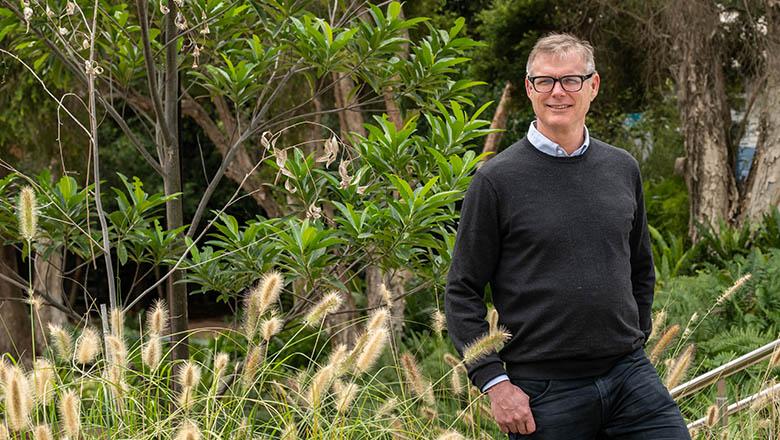
Dedicated physical activity programs for people with disabilities
As with most societal changes, this one will largely happen one individual at a time. This is why initiatives that directly assist people with disabilities to participate in sports and physical activity are essential.
Sean developed the Adapted Physical Activity Program (APAP) to be a catalyst for positive change in Brisbane and the surrounding area. The program involves face-to-face sessions in the client’s home or community and remote support. It aims to give them the knowledge, skills and confidence they need to embrace a physically active lifestyle and then maintain it after the visits finish.
This one program in South East Queensland may not change the world. But for each client who gets involved, it makes a world of difference. And APAP can undoubtedly serve as a role model for similar programs both locally and abroad.
Interested in being part of the movement to make sport and physical activity more accessible to people with disabilities? Studying human movement and nutrition sciences with teachers like Sean is a great place to start.
Explore the Bachelor of Human Movement and Nutrition Sciences Explore all our undergraduate programs

